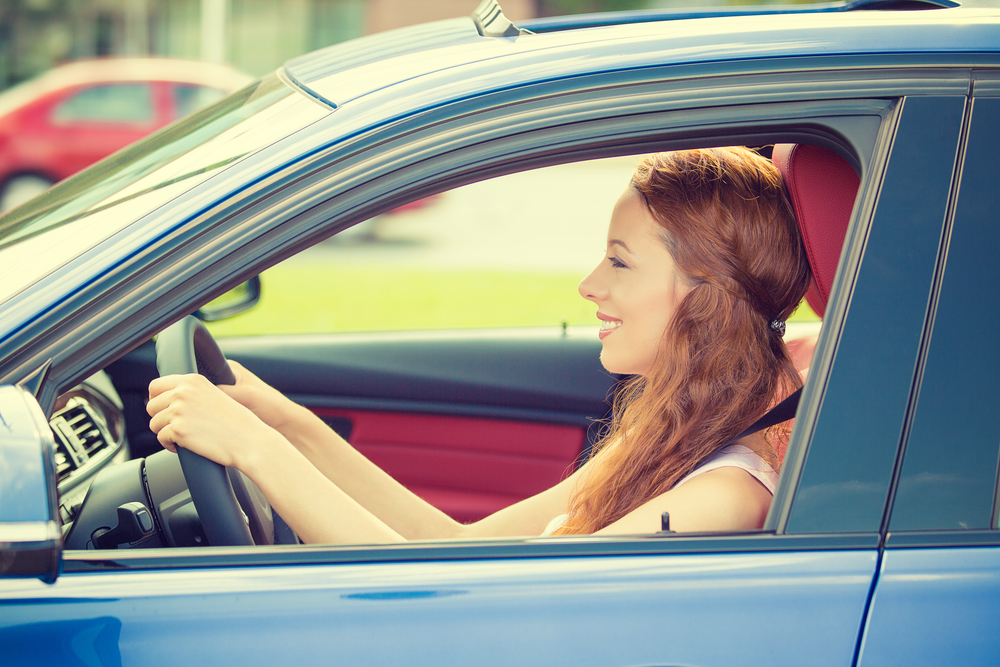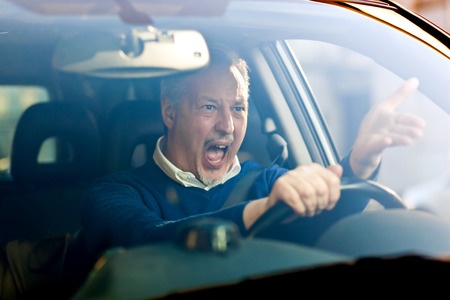It’s not an uncommon sight to see, a vehicle on the side of the road, hazard lights flashing, hood up in the air, and with a frustrated driver stranded there. Nobody wants to be the victim of a broken down vehicle, but sometimes there’s no avoiding it.
There are usually two ways of experiencing a vehicle breakdown: walking out to the vehicle and it no longer starts, or the engine sputters to a halt while you’re driving. The worst of these two options is the latter, having a car break down while driving is scary and can leave you far from help.
If your car breaks down at your home, generally you can still make plans to work around it until you can find a way to get the car to a shop to get fixed. If you walk out of a store or leave work and the car won’t start then there’s certainly more immediacy to take action. When cars break down while driving, the situation becomes a roadside emergency that must be remedied immediately.
The important thing is to be sure your vehicle is in a safe place and away from traffic no matter where the breakdown occurs. If the car engine stops running while driving:
- First: Turn on your hazard lights to warn other drivers that your vehicle is no longer functioning properly and may be a hazard to those around you.
- Second: Pull the vehicle over, getting as far out of traffic as possible whether that means taking it onto the shoulder of the road or finding an open parking space that can be used.
- Turn your wheels away from traffic, and set the parking brake. If you need to exit the vehicle, always ensure it is safe to exit the vehicle before opening the door.
- Under most circumstances it is best to stay in the vehicle and use a cell phone to call for help rather than getting out into traffic. If there are signs of smoke, fire or odd smells entering the vehicle then exit as swiftly as you can while still being safe.
It’s best not to try to fix the vehicle yourself on the roadside. Instead, use your roadside assistance provided by:
- A third party such as AAA.
- Your insurance plan.
If you do not have a roadside assistance plan, call a tow truck directly if necessary. If there is any sort of dangerous situation involved as well, immediately dial 9-1-1 for police/fire/medical support.
If you’re unsure if you have emergency roadside assistance through your insurance, contact Bob Johnson Insurance today to find out, or see if you can add it to your insurance plan.







